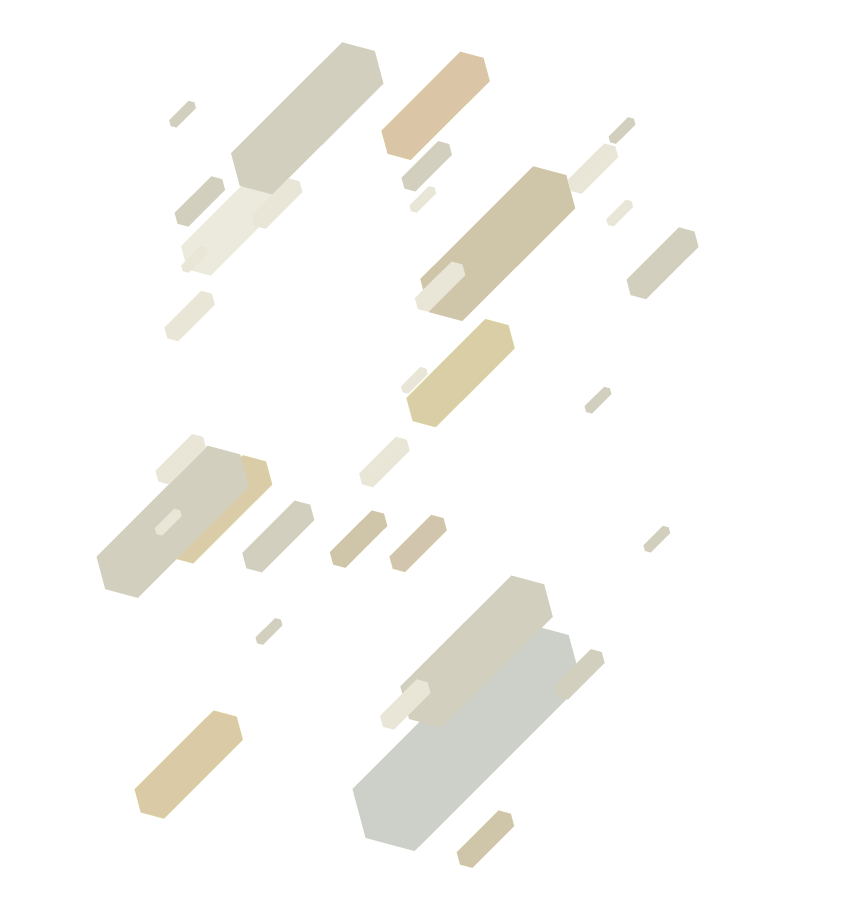


The title leaves the meaning of the second word open to interpretation: “Weg” meaning “path/way” or “weg” meaning “gone/go”. This ambiguity is, of course, intentional. It could mean “way out”, “stop it, go away”, or any of several other meanings.
For this piece, I drew upon former compositional techniques: I reused a two-dimensional table of chords which was the basis for some passages in the opera Die schöne Wunde. This gives me the freedom to decide whether I want to move “horizontally” or “vertically”. The time is also strictly determined. It is based on a series of continuants, which is not heard in its original form until the end of the piece. These continuants appear earlier in the piece in longer and shorter versions, and are the basis for the time structure (rhythm and form) of the piece.
I have not worked with predefined time structures for 15 years and have not used chord sequences for eight years. This “regression” to former compositional methods was initially an exciting, then an ever more disturbing experience. Towards the end of the piece, I free myself from these compositional reminiscences. The timing of the swinging of the suspended metal instruments (pendulum length: 160 to 200 cm) cannot be controlled. For the listeners, my issues with compositional technique are probably irrelevant. But I hope that the act of freeing myself, which I experienced when writing this music, is conveyed to others as well.
Georg Friedrich Haas




